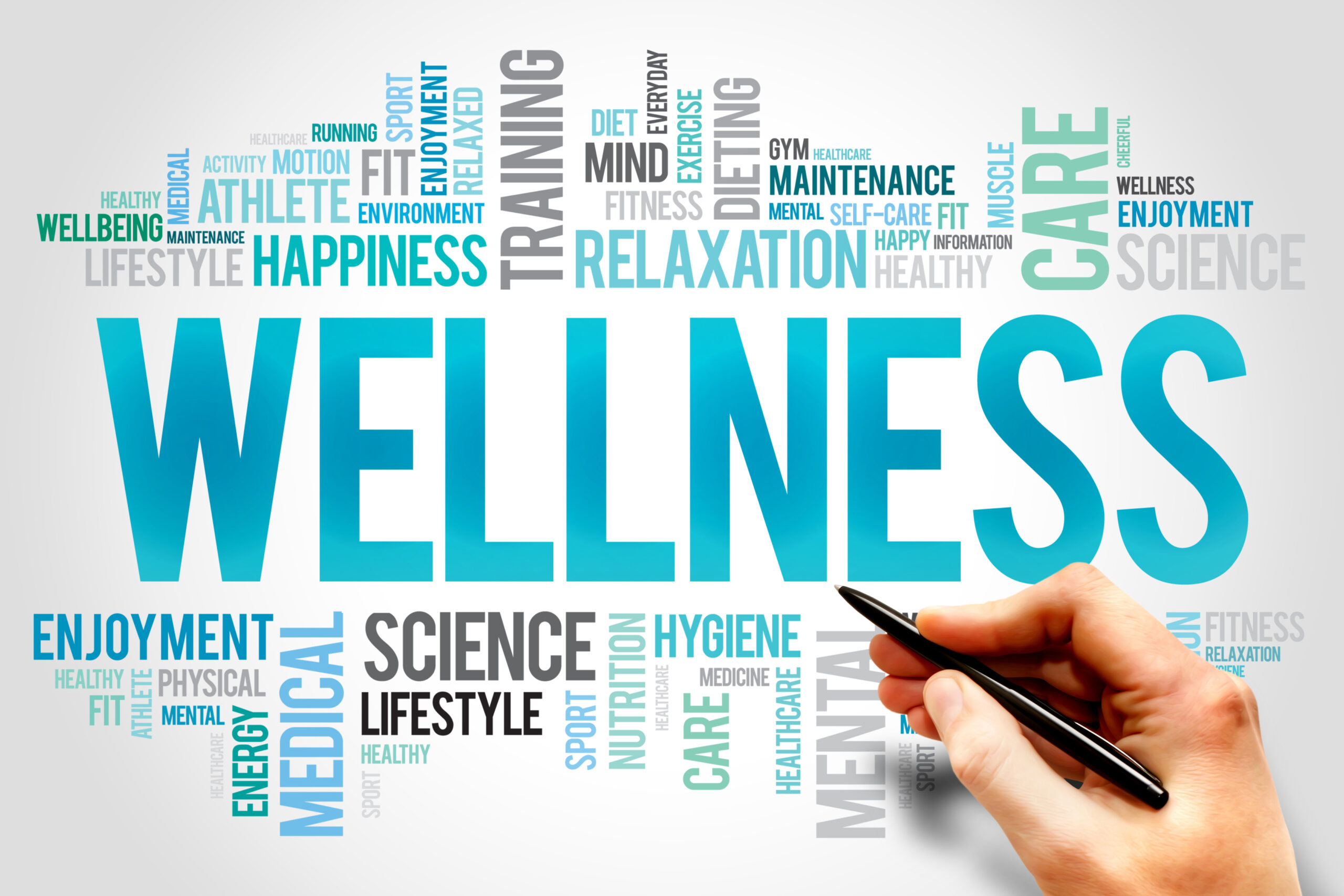As we think of the role of leadership in promoting workplace wellness, it’s important for leaders to think in terms of how we can equip ourselves and our teams with a proper collection of capable tools.
Build a Better Toolbox
Recently, I was skimming a white paper (1) about the power of incremental change and tighter tolerances. From it, I learned that up until the 1980s “it was rare for a car to have over 100,000 miles.” In it, the author illustrates how newer engines are manufactured with ever tighter tolerances (read: higher standards). The result of this is less “slop” in the engine’s movements resulting in less wear. Over time, these minimum qualifications by which the engine is constructed have given way to higher quality engines that can easily last over 500,000 miles if desired. Improving the standard produces an engine that outlasts the car that houses it!
Last week, we discussed the importance of committing to your personal health before assisting others. While this tool is always required first, building lasting workplace wellness requires an entire toolkit. Now that you have what you need to keep yourself well, let’s dive deeper and discover how to get your employees’ and your workplace’s wellness back on track.
Setting Expectations
Standards are the least acceptable action or result. With this in mind the leader must be choosy about what to demand and lead by example. Promoting above-average wellness, as in all work, requires fairness, clear directions, and defined expectations. When there is a lack of certainty and support surrounding roles and responsibilities, stress and conflict arise. We all crave boundaries to work within and thrive when we have goals to meet –or even exceed. These expected outcomes and cultural norms will alleviate workplace anxiety and discord and, at the same time, will set high standards that create a collaborative and competitive environment.
As you set these standards, maintain two-way communication with an open-door policy. When an employee’s concerns are heard, he feels valued, which adds value to the workplace as a whole. Leaders who maintain empathy and a sense of approachability build responsive, effective employees. Utilize active, authentic listening – both verbal and nonverbal – to improve the working environment for all.
Be Proactive
Along the way, stay on the lookout for warning signs of an unwell workplace. Changes in behavior, mood or self-care, reduced performance, or increased absenteeism are telltale signs that something is not right. Early intervention is key, so be sure to communicate with your employee promptly or risk your wellness initiative appearing as no more than a façade. Then, be sure to stay present and accessible so that you are easily available as a Wellness Leader.
Next, we’ll complete our Wellness Series with tactics for all to utilize to nurture and maintain the workplace’s wellbeing. Other posts in this series are:
-
- Making Workplace Wellness a Priority – Parts Can Compromise the Whole
-
- The Role of Communication in Workplace Wellness: A Healthy Staple
-
- The Importance of Wellbeing for Leaders – Secure Your Own Oxygen Mask First
-
- The Role of Management in Promoting Workplace Wellness: Build a Better Toolbox
-
- There’s No “I” in Wellness – – Or is There? What You Can Do Now To Nurture Workplace Wellbeing
